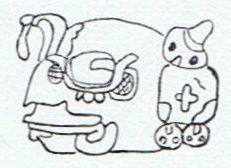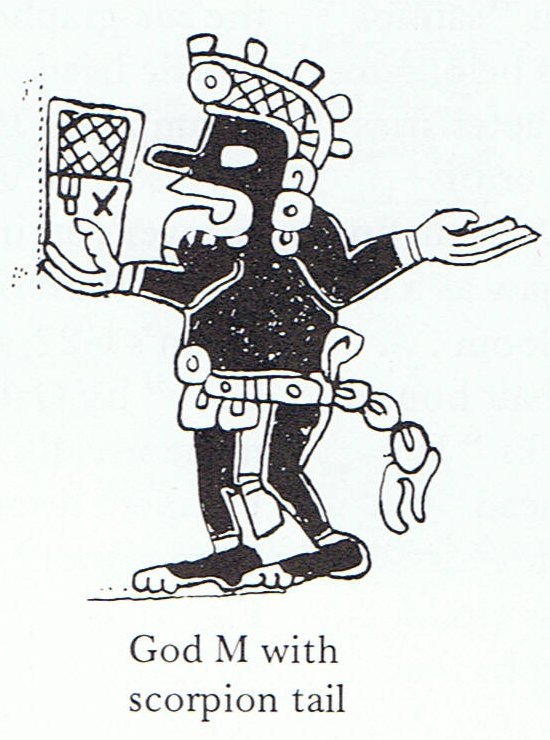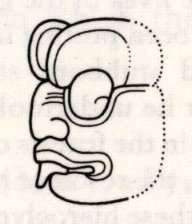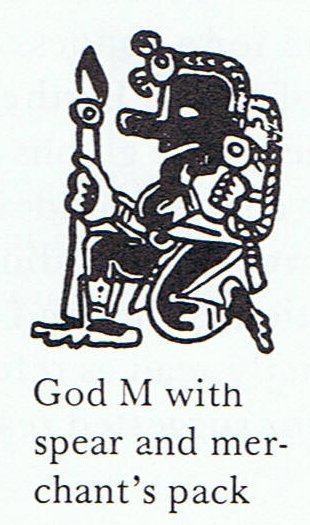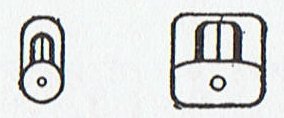|
TRANSLATIONS
Pop gives associations to the Stranger King arriving to the island: ... The chief thus makes his appearance at Lakeba from the sea, as a stranger to the land. Disembarking at the capital village of Tubou, he is led first to the chiefly house (vale levu) and next day to the central ceremonial ground (raaraa) of the island. At both stages of this progression, the pretender is led along a path of barkcloth by local chieftains of the land. In Lau, this barkcloth is prescriptively a type considered foreign by origin, Tongan barkcloth. Later, at the kava ceremony constituting the main ritual of investiture, a native chieftain will bind a piece of white Fijian tapa about the paramount's arm. The sequence of barkcloths, together with the sequence of movements to the central ceremonial ground, recapitulate the correlated legendary passages of Tui Nayau from foreign to domestic, sea to land, and periphery to center. The Fijian barkcloth that in the end captures the chief represents his capture of the land: upon installation, he is said to hold the 'barkcloth of the land' (masi ni vanua). The barkcloth thus has deeper significance. In general ritual usage, barkcloth serves as 'the path of the god'. Hanging from the rafters at the rear, sacred end of the ancient temple, it is the avenue by which the god descends to enter the priest ... ...There is still more to the barkcloth. The barkcloth which provides access for the god/chief and signifies his sovereignity is the preeminent feminine valuable (i yau) in Fiji. It is the highest product of woman's labor, and as such a principal good of ceremonial exchange (soolevu). The chief's accession is mediated by the object that saliently signifies women.' On Hawaii there was a net, and an eye was swallowed, as if to symbolize how the old year sun disappeared, I think: ...in the ceremonial course of the coming year, the king is symbolically transposed toward the Lono pole of Hawaiian divinity; the annual cycle tames the warrior-king in the same way as (e.g.) the Fijian installation rites. It need only be noticed that the renewal of kingship at the climax of the Makahiki coincides with the rebirth of nature. For in the ideal ritual calendar, the kali'i battle follows the autumnal appearance of the Pleiades, by thirty-three days - thus precisely, in the late eighteenth century, 21 December, the winter solstice. The king returns to power with the sun ... Whereas, over the next two days, Lono plays the part of the sacrifice. The Makahiki effigy is dismantled and hidden away in a rite watched over by the king's 'living god', Kahoali'i or 'The-Companion-of-the-King', the one who is also known as 'Death-is-Near' (Koke-na-make). Close kinsman of the king as his ceremonial double, Kahoali'i swallows the eye of the victim in ceremonies of human sacrifice (condensed symbolic trace of the cannibalistic 'stranger-king'). The 'living god', moreover, passes the night prior to the dismemberment of Lono in a temporary house called 'the net house of Kahoali'i', set up before the temple structure where the image sleeps. In the myth pertinent to these rites, the trickster hero - whose father has the same name (Kuuka'ohi'alaki) as the Kuu-image of the temple - uses a certain 'net of Maoloha' to encircle a house, entrapping the goddess Haumea; whereas, Haumea (or Papa) is also a version of La'ila'i, the archetypal fertile woman, and the net used to entangle her had belonged to one Makali'i, 'Pleiades'. Just so, the succeeding Makahiki ceremony, following upon the putting away of the god, is called 'the net of Maoloha', and represents the gains in fertility accruing to the people from the victory over Lono. A large, loose-mesh net, filled with all kinds of food, is shaken at a priest's command. Fallen to earth, and to man's lot, the food is the augury of the coming year. The fertility of nature thus taken by humanity, a tribute-canoe of offerings to Lono is set adrift for Kahiki, homeland of the gods ... I should add that 20 days after X-mas the old Swedish custom still persists to dispose of the Christmas tree and to 'sweep away' all traces of the Yule festivities. The name in the calendar is Knut, which means 'knot'. We must now continue with next month, Uo according to Yucatec speaking indians. Moo and Icat belong in the columns headed Kanhobal respectively Chol / Kekchi (with question marks). There are two variants from the codices and one from the inscriptions:
Before advancing to Zip, I must make a comment: In our classical mythology world it is not Saturn but Mercury who is the merchant. Quicksilver is a fluid at normal temperatures, and therefore in a way like water. Water is the opposite of fire and extinguishes it. Water means black. The strange waving to and fro of Mercury makes him unpredictable. A merchant must be flexible in order to be successful. A merchant has no firm internalized structure keeping him straight. He has no cosmos (or culture, which is the same thing). He lives in a dark world. He runs like water down the easy way. There are two water days in the week and two water planets, Mercury and Saturn. |
||||||||||||||||||||||||||
